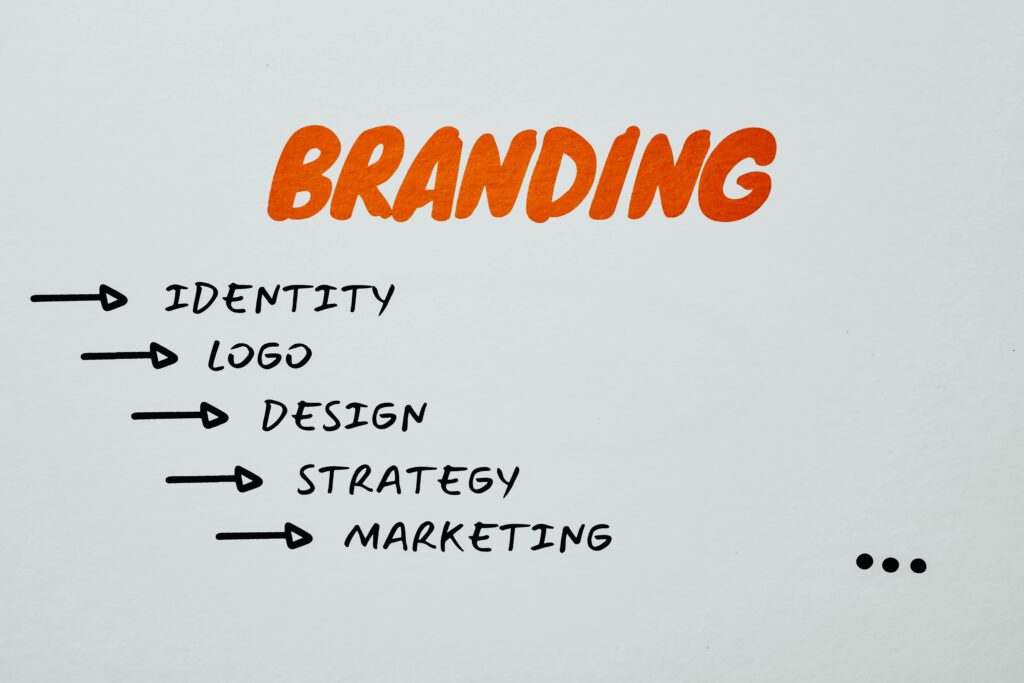In today’s digital age, where first impressions are often formed online, the importance of good web design cannot be overstated. A well-designed website goes beyond aesthetics; it serves as a powerful tool for businesses to establish credibility, enhance user experience, and achieve their goals.
I. Introduction to Importance of Good Web Design
A. Defining Good Web Design
Good web design encompasses various elements, including visual appeal, functionality, and usability. It involves creating a seamless and engaging experience for website visitors, ultimately driving conversions and fostering positive interactions.
II. The Benefits of Good Web Design
A. Enhanced User Experience
A well-designed website prioritizes the needs and preferences of users, resulting in a seamless browsing experience. Key benefits include:
- Intuitive Navigation: Easy-to-use navigation menus and clear organization of content make it effortless for users to find what they’re looking for.
- Fast Loading Times: Optimized design and efficient coding contribute to faster page loading speeds, reducing bounce rates and improving user satisfaction.
- Mobile Responsiveness: Responsive design ensures that the website functions seamlessly across devices, catering to the growing number of mobile users.
B. Increased Credibility and Trust
A visually appealing and professional-looking website instills confidence in visitors and enhances the credibility of the business. Key benefits include:
- Professional Appearance: A well-designed website reflects positively on the brand, conveying professionalism and attention to detail.
- Consistency: Consistent branding and design elements across the website reinforce the brand identity and build trust with users.
- Positive First Impressions: A visually engaging homepage creates a positive first impression, encouraging users to explore further.
C. Improved Search Engine Visibility
Good web design goes hand in hand with search engine optimization (SEO), leading to improved visibility on search engine results pages (SERPs). Key benefits include:
- Optimized Code: Clean and optimized code improves website crawlability and indexability, leading to higher rankings on search engines.
- Mobile-Friendly Design: Mobile responsiveness is a crucial factor in Google’s ranking algorithm, ensuring better visibility for mobile search users.
- User-Focused Content: Well-organized content and keyword optimization enhance relevance and increase the likelihood of ranking for targeted keywords.
D. Higher Conversion Rates
A user-friendly and visually appealing website is more likely to convert visitors into leads or customers. Key benefits include:
- Clear Call-to-Action (CTA): Strategically placed CTAs prompt visitors to take desired actions, such as making a purchase or contacting the business.
- Streamlined Checkout Process: An intuitive and hassle-free checkout process reduces friction and cart abandonment, leading to higher conversion rates.
- Trust Signals: Trust-building elements, such as customer testimonials and secure payment gateways, instill confidence and encourage conversions.
III. Key Elements of Good Web Design
A. Visual Design
Design Principles
- Aesthetic Appeal: Visually pleasing design elements, including color schemes, typography, and imagery, enhance the overall look and feel of the website.
- Consistency: Consistent design elements across pages create a cohesive and professional appearance.
- Whitespace: Proper use of whitespace improves readability and emphasizes key content.
B. Functionality and Usability
Navigation and Structure
- Clear Navigation Menus: Intuitive navigation menus guide users to relevant sections of the website.
- User-Friendly Layout: Logical organization of content and intuitive layout improve usability and user experience.
- Accessibility: Compliance with accessibility standards ensures that the website is usable by all users, including those with disabilities.
C. Performance Optimization
Loading Speed and Performance
- Optimized Images: Properly optimized images reduce file sizes and improve page loading times.
- Minified Code: Minification of CSS, JavaScript, and HTML files reduces file sizes and improves website performance.
- Caching: Implementing caching mechanisms improves website speed and overall performance.
IV. Conclusion
In conclusion, the benefits of good web design extend far beyond aesthetics. A well-designed website enhances user experience, builds credibility and trust, improves search engine visibility, and increases conversion rates. By focusing on key elements such as visual design, functionality, usability, and performance optimization, businesses can create a website that not only attracts visitors but also converts them into loyal customers. Invest in good web design today to unlock the full potential of your online presence and stay ahead of the competition.



